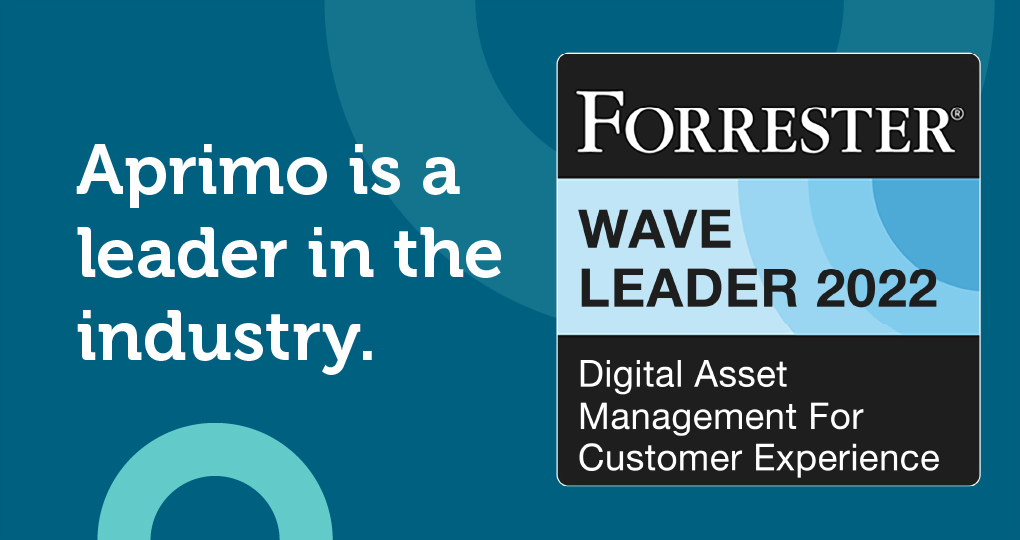DAM for Brand Management in Enterprises: Consistency Across Divisions

When you’re managing a company with brands on multiple continents and various divisions around the clock, creating and maintaining the organization required for consistency can be a challenge, to say the least. In the world of enterprise organizations, where leaders and teams juggle a vast array of brand assets, from marketing materials to corporate guidelines, competition is fierce, and keeping your entire organization on point and consistent is an absolute must. That’s where digital asset management (DAM) comes in.
Enterprise DAM provides multinational organizations with the centralized vault they need for storing, organizing, and accessing valuable branding assets that shape the vision of brands across all borders.

Introduction to DAM for Brand Management
Digital Asset Management systems are specialized software solutions that store, categorize, manage, and distribute digital content such as images, videos, audio files, documents, and other digital media. These systems are engineered to handle the vast and diverse digital assets that form your enterprise organization’s marketing, branding, and communication strategies.
Adopting a DAM system transforms how an enterprise manages its brand. It empowers marketing teams to be more agile, responsive, and aligned in their branding efforts. By having a reliable and efficient system in place, enterprises can focus on crafting compelling brand stories and experiences, secure in the knowledge that their digital assets are well-managed and consistent across all divisions.
Challenges in Brand Management Across Enterprise Divisions
Enterprise organizations’ challenges in maintaining brand consistency often stem from the complexities of managing a diverse and widespread organizational structure. These include:
-
Varying brand interpretations: Different divisions sometimes develop their own understanding of brand guidelines, leading to inconsistent representations in marketing and communications.
-
Communication barriers: Differences in time zones, languages, and corporate cultures can lead to miscommunications and misinterpretations of brand guidelines.
-
Challenges in scaling brand management: As your enterprise grows, maintaining consistent branding across new markets, products, or divisions becomes increasingly complex.
-
Legal and compliance issues: Navigating varying legal standards and cultural sensitivities in different regions while maintaining brand consistency is challenging.
Here are a few examples of how decentralized divisions can lead to a lack of brand consistency.
-
A division in one country might use an outdated version of the company logo.
-
If each division handles its social media independently, the tone, style, and type of content can vary, making your overall brand voice inconsistent.
-
Different packaging designs or product descriptions across divisions can lead to a lack of uniformity in how the market perceives your products.


Integration of DAM with Enterprise Brand Guidelines
When digital asset management systems align with your enterprise brand guidelines, they become a repository for approved assets that adhere to them. Utilizing a DAM platform enhances control over the application of assets and promotes compliance with your global brand’s standards. This alignment allows all divisions, regardless of location, to access the correct and current brand assets immediately, reducing the risk of using outdated or non-compliant materials.
Enterprise DAM systems provide automated compliance checks, templates aligned with brand guidelines, and controlled asset access. For instance, teams across different divisions can rely on the DAM platform for assets vetted for brand compliance during marketing campaigns or new product launches. This approach is crucial for maintaining a harmonious brand image, especially in global branding efforts.
Collaborative Branding: Ensuring Consistency Through DAM
By serving as a hub for branding assets, DAM creates a highly collaborative environment within your enterprise that utilizes real-time communication and efficient workflow management to produce consistent brand content. It does this through:
-
Centralized asset repository: DAM centralizes all digital assets in one platform, allowing consistent access and use across different teams.
-
Communication and feedback tools: DAM systems offer built-in commenting and feedback features for clear, direct communication on specific assets.
-
Version control: Version control maintains the latest updates on assets, avoiding duplication of effort and keeping teams aligned.
-
Integration with other tools: Seamless integration with other business applications streamlines workflows and enhances team collaboration across multiple platforms.
-
Workflow management features: DAM platforms help coordinate team efforts by tracking progress and managing productivity.


Scalability and Customization: DAM Solutions Tailored for Enterprise
DAM systems stand out for their ability to adapt and meet the ever-changing needs of large enterprises. This adaptability is crucial for enterprises that face dynamic market demands and seek growth. It offers this through:
-
Scaling to meet increasing needs: DAM systems expand to handle a growing volume of assets and more complex workflows, matching an enterprise’s increasing demands.
-
Handling diverse asset types: Equipped to manage a variety of digital assets, DAM platforms accommodate different content types crucial for enterprise content operations.
-
Tailoring user experience: Digital asset management systems offer customizable interfaces and functionalities that are adaptable to specific operational needs.
-
Integrating with other enterprise platforms: Seamless integration with CRM, marketing software, and analytics platforms is possible, creating a unified technology ecosystem.
-
Customizing access and permissions: DAM enterprise systems allow specific access levels and permissions for various user groups, enhancing security and workflow management.
Measuring Success: Key Performance Indicators for DAM in Brand Management
Establishing key performance indicators (KPIs) to measure the effectiveness and impact of your enterprise DAM system is crucial. The following are common KPIs used when measuring a DAM platform’s effectiveness:
-
Asset utilization: Indicates how frequently digital assets are used, reflecting their relevance in your organization
-
Time saved: Measures the reduced time spent managing and accessing assets, indicating increased operational efficiency
-
User engagement: Assesses the level of user interaction with your enterprise DAM system, indicating its usability and integration into daily workflows
-
Brand consistency: Evaluates the uniform use of assets across platforms, reflecting the system’s ability to maintain a cohesive brand image
The importance of continuously monitoring these KPIs lies in their ability to provide actionable insights for ongoing improvement. Analyzing these metrics allows you to make data-driven decisions to optimize your enterprise DAM system.





